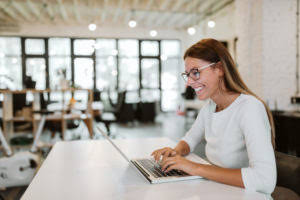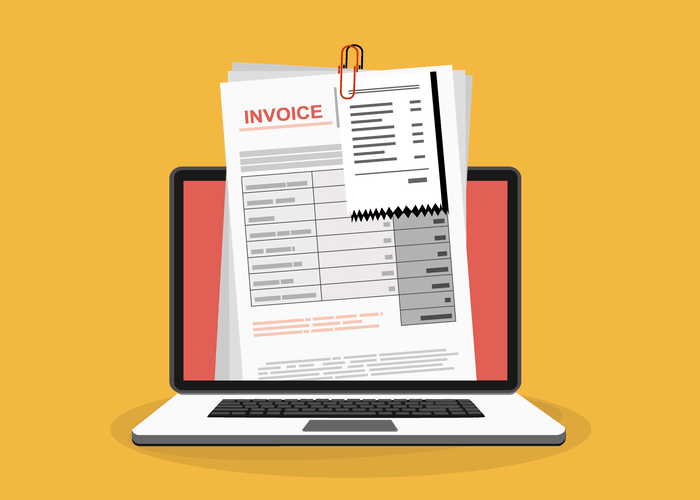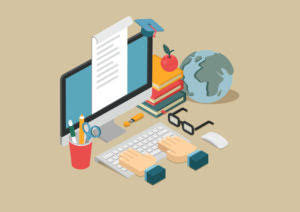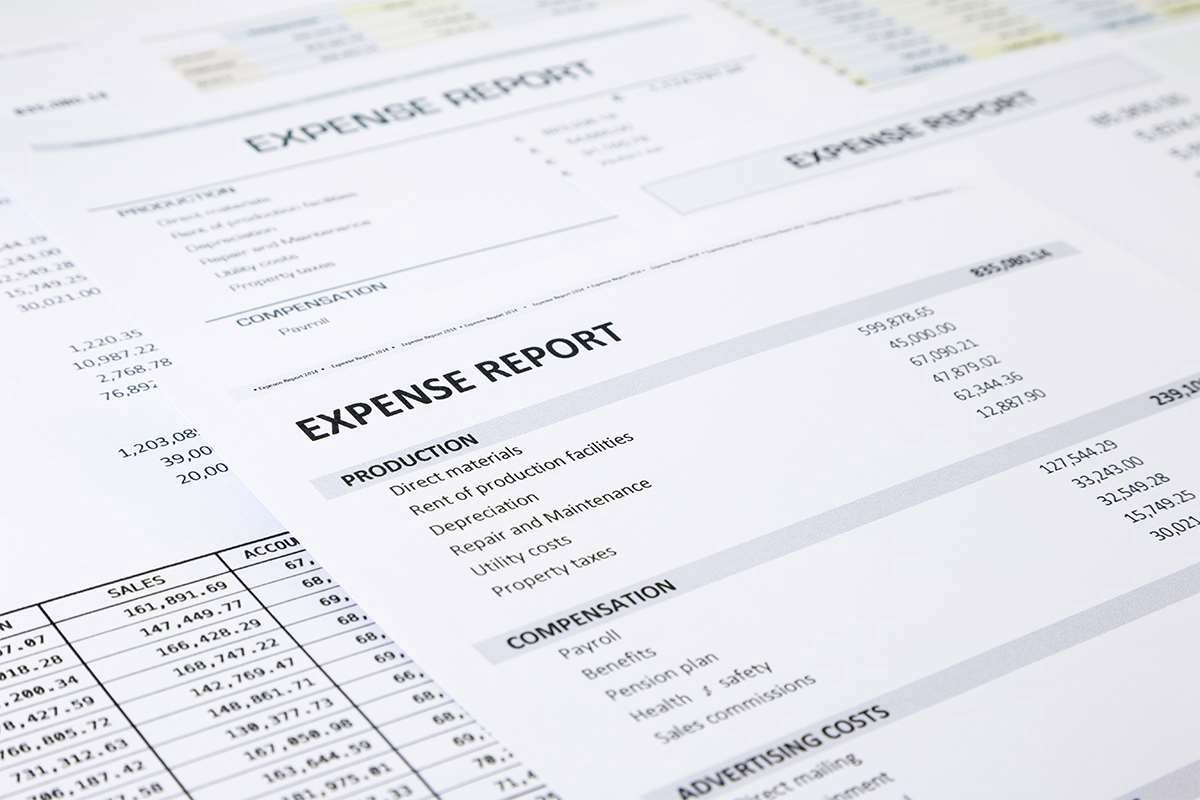
Hertz may find investor demands are too great to secure financing, turning to financial institutions for capital instead. Total debt-to-total assets is a measure of the company’s assets that are financed by debt rather than equity. If the calculation yields a result greater than 1, this means the company is technically insolvent as it has how to estimate burden more liabilities than all of its assets combined. A result of 0.5 (or 50%) means that 50% of the company’s assets are financed using debt (with the other half being financed through equity). Because a ratio greater than 1 also indicates that a large portion of your company’s assets are funded with debt, it raises a red flag instantly.
Advantages and Disadvantages of the Debt Ratio
Debt can lead to big problems if it gets out of hand, and that is why it is important to analyze the company’s debt situation and determine the potential impact, good or bad. Many businesses how much does a small business pay in taxes use debt to fuel their growth in today’s low-interest business world. Because debt costs are far lower than equity, many companies raise cash to grow by taking on larger amounts of debt.
What is the debt to asset ratio?
Typically, the lower the ratio, the better, but as we saw with our analysis of the above companies, each industry carries different debt loads. It is important to compare your company to others in the same industry. Across the board, companies use more debt financing than ever, mainly because the interest rates remain so low that raising debt is a cheap way to finance different projects. The debt-to-asset ratio can also tell us how our company stacks up compared to others in their industry. It is a great tool to assess how much debt the company uses to grow its assets.
Understanding Leverage

“It is generally agreed that a debt-to-asset ratio of 30% is low,” says Bessette. “Some companies, like manufacturers, need a lot of equipment to operate, which requires more financing,” explains Bessette. Not only is it normal for a company to be in debt, this can even be a positive thing.
- Bear in mind how certain industries may necessitate higher debt ratios due to the initial investment needed.
- For example, in the example above, Hertz reported $2.9 billion in intangible assets, $1.3 billion in PPE, and $1.04 billion in goodwill as part of its total $20.9 billion of assets.
- It’s great to compare debt ratios across companies; however, capital intensity and debt needs vary widely across sectors.
- As with all financial metrics, a “good ratio” is dependent upon many factors, including the nature of the industry, the company’s lifecycle stage, and management preference (among others).
- This measure is closely watched by lenders and creditors since they want to know whether the company owes more money than it possesses.
Is there any other context you can provide?

The debt-to-asset ratio shows the percentage of total assets that were paid for with borrowed money, represented by debt on the business firm’s balance sheet. It also gives financial managers critical insight into a firm’s financial health or distress. A company’s total debt-to-total assets ratio is specific to that company’s size, industry, sector, and capitalization strategy. For example, start-up tech companies are often more reliant on private investors and will have lower total debt-to-total-asset calculations. However, more secure, stable companies may find it easier to secure loans from banks and have higher ratios. In general, a ratio around 0.3 to 0.6 is where many investors will feel comfortable, though a company’s specific situation may yield different results.
Because the total debt to assets ratio includes more of a company’s liabilities, this number is almost always higher than a company’s long-term debt to assets ratio. In the consumer lending and mortgage business, two common debt ratios used to assess a borrower’s ability to repay a loan or mortgage are the gross debt service ratio and the total debt service ratio. This ratio determines a company’s level of indebtedness, in other words, the proportion of its assets that is owned by its creditors. It is one of three ratios that measure a company’s debt capacity, the other two being the debt service coverage ratio and the debt-to-equity ratio. The total debt-to-total assets ratio analyzes a company’s balance sheet. The calculation includes long-term and short-term debt (borrowings maturing within one year) of the company.
Dave, a self-taught investor, empowers investors to start investing by demystifying the stock market. After all, we get a pretty good idea of how the ratio works and what to look for when calculating the debt-to-asset ratio. The Ascent is a Motley Fool service that rates and reviews essential products for your everyday money matters. Suppose we have three companies with different debt and asset balances.
Other debts, such as accounts payable and long-term leases, have more flexibility and can negotiate terms in the case of trouble. The fundamental accounting equation states that at all times, a company’s assets must equal the sum of its liabilities and equity. If a company has a negative debt ratio, this would mean that the company has negative shareholder equity. In most cases, this is considered a very risky sign, indicating that the company may be at risk of bankruptcy. If its assets provide large earnings, a highly leveraged corporation may have a low debt ratio, making it less hazardous. Contrarily, if the company’s assets yield low returns, a low debt ratio does not automatically translate into profitability.
As with all other ratios, the trend of the total debt-to-total assets ratio should be evaluated over time. This will help assess whether the company’s financial risk profile is improving or deteriorating. For example, a trend of increasing leverage use might indicate that a https://www.quick-bookkeeping.net/ business is unwilling or unable to pay down its debt, which could signify issues in the future. Both ratios, however, encompass all of a business’s assets, including tangible assets such as equipment and inventory and intangible assets such as copyrights and owned brands.
Of course, debt to asset ratio is not the only indicator of a company’s debt management situation. To get a full picture for company B, you should also take a look at other metrics, such as their debt service coverage ratio explained in our debt service coverage ratio calculator. Compare that to equity financing, https://www.quick-bookkeeping.net/how-to-invoice-as-a-freelance-designer/ which is far more expensive as the stock market grows and equity prices increase. As the market stays frozen, more companies will turn to debt financing to grow their revenues and company. Any company’s assets are part of the growth driver, but they also help guarantee and service any debt a company carries.
This metric is most often expressed as a percentage; however, you might come across a number such as 0.55 or 1.21.
A ratio that equates to 1 or a 100% debt-to-total-assets ratio means that the company’s liabilities are equally the same as with its assets. On the other hand, a lower debt-to-total-assets ratio may mean that the company is better off financially and will be able to generate more income on its assets. Furthermore, prospective investors may be discouraged from investing in a company with a high debt-to-total-assets ratio. Consider that a company with a high amount of leverage or debt may run into trouble during times of stress, such as the recent market downturn in March 2020.
Highly leveraged companies are often in good shape in growth markets, but are likely to have difficulty repaying debt during market downturns. It’s also more difficult for them to raise new debt to ensure their survival or to take advantage of market opportunities. It’s also important to understand the size, industry, and goals of each company to interpret their total debt-to-total assets. Google is no longer a technology start-up; it is an established company with proven revenue models that make it easier to attract investors. Meanwhile, Hertz is a much smaller company that may not be as enticing to shareholders.











